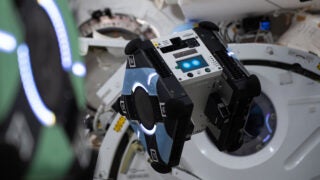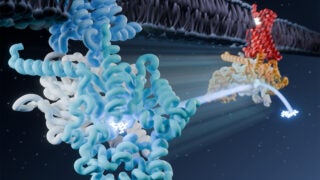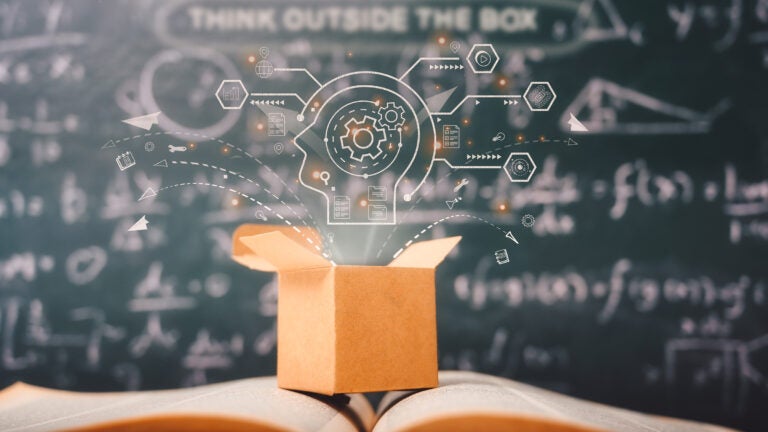
The National Academy of Inventors is a nonprofit member organization that encourages inventors in higher education. (Photo/iStock)
11 USC researchers named National Academy of Inventors senior members
The honor recognizes innovation that has a real impact on the welfare of society.
Eleven USC researchers on Tuesday were named senior members of the National Academy of Inventors, a nonprofit member organization that encourages inventors in higher education.
Election as an NAI senior member recognizes remarkable innovation producing technologies that have brought, or aspire to bring, real impact on the welfare of society. The honor also represents growing success in patents, licensing and commercialization, while educating and mentoring the next generation of inventors.
The USC members of the NAI Class of 2024 are Peter A. Beerel, Yang Chai, Denis Evseenko, Qiang Huang, Justin Ichida, Bart Kosko, Peter Kuhn, Daniel A. Lidar, J. Andrew MacKay, Wei-Min Shen and Travis Williams.
“Today’s announcement reflects the amazing innovation that takes place at USC every day,” USC President Carol Folt said. “These 11 outstanding faculty members — the most NAI inductees from USC in any one year — showcase our unique multidisciplinary, multischool approach. Their work crosses fields of dentistry, engineering, medicine, pharmacy and more to create a future of possibility and opportunity. We salute these inductees for their well-earned recognition.”
The 11 Trojans join 20 current and emeritus USC faculty members in the NAI ranks. They will officially be recognized on June 17 during NAI’s annual meeting.
“This year’s cohort of 11 USC inductees as senior members of the National Academy of Inventors is a huge honor,” said Ishwar K. Puri, USC senior vice president of research and innovation. “The breadth of expertise recognized in this year’s cohort testifies to the wide array of world-leading inventors, engineers, scientists and clinicians at USC. Their innovations have invented tomorrow’s solutions, which improve human lives and fuel economic growth.”
Peter A. Beerel
Professor of electrical and computer engineering, USC Viterbi School of Engineering
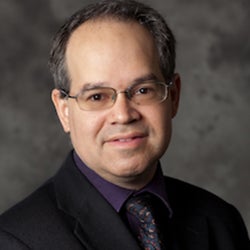
Beerel has a history of innovation in the area of Very Large Scale Integration (VLSI), the process of designing semiconductor chips with millions of transistors. His more recent significant contributions are in the areas of hardware security, superconducting electronics and machine learning.
Beerel joined the Department of Electrical and Computer Engineering in 1994, and he’s currently a full professor and associate chair of the computer engineering division. He’s also a research director and distinguished principal scientist at USC Viterbi’s Information Sciences Institute. Previously, he was the faculty director of innovation studies at the USC Stevens Center for Innovation from 2006 to 2008 and co-founded TimeLess Design Automation in 2008.
Yang Chai
University Professor, George and Mary Lou Boone Chair in Craniofacial Molecular Biology and associate dean of research at the Herman Ostrow School of Dentistry of USC; University Professor of Biomedical Sciences, Otolaryngology — Head & Neck Surgery, and Stem Cell Biology and Regenerative Medicine at the Keck School of Medicine of USC
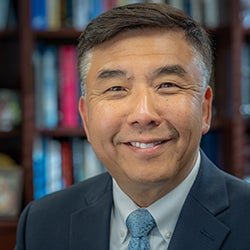
Chai has invented a system meant to regenerate skull bone to address deformities, comprising a 3D-printed scaffold seeded with stem cells. The technology comes out of discoveries from his laboratory about the molecular and cellular mechanisms behind congenital birth defects.
Chai recently launched early interactions with the Food and Drug Administration, on the path to phase 1 trials of the scaffolds in patients. In addition, he continues work toward an innovative tissue regeneration system for patients with cleft palate, a condition that is the major focus of his work. His research is motivated by his own experience as a clinician interacting with parents of children born with deformities to the face and head.
“The surgery was always successful, but I didn’t have any answers about why the birth defect happened, whether a future child in the family may also have one or how it could be prevented,” he said. “We tried to understand the basic mechanisms, then shifted our efforts to use some of the knowledge we gained. We aim to provide a biological solution for a biological problem, instead of using a titanium plate to repair the skull defects.”
An extended version of this profile of Chai appears on Keck School of Medicine website.
Denis Evseenko
J. Harold and Edna La Briola Chair in Genetic Orthopaedic Research, vice chair for research, director of skeletal regeneration and professor of orthopedic surgery, stem cell biology and regenerative medicine, Keck School of Medicine of USC
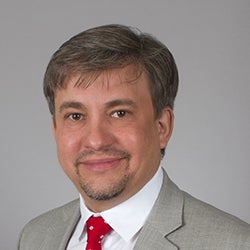
Evseenko has created a series of treatment technologies that address injury and illness of the joints.
One is an injection designed to calm inflammation in osteoarthritis and potentially supplant joint replacement surgery. (Phase 1 clinical trials are imminent.) Another is a surgical implant that delivers stem cell-derived cartilage to replace damaged tissue from sports injuries and prevent degenerative joint disease, with first-in-human trials likely to begin this year. Most recently, Evseenko and his team have invented a drug to moderate a mechanism of the immune system that misfires and attacks aging cells, with potential application for inflammation affecting multiple body systems.
For Evseenko, election to the NAI validates the time and effort he has devoted to driving his discoveries from the lab to application.
“It’s meaningful to know that all the small steps we took, day after day, to move us forward toward our goals were leading in a fruitful direction,” he said. “I had to make some difficult decisions along the way, and this recognition tells me that they were the right ones.”
An extended version of this profile of Evseenko appears on the Keck School of Medicine website.
Qiang Huang
Professor of industrial and systems engineering, and chemical engineering and materials science, USC Viterbi
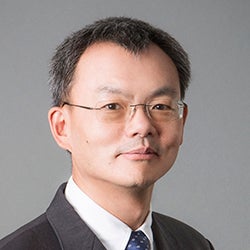
Huang is an expert in the field of smart manufacturing.
Huang’s research focuses on how machine learning can be harnessed for additive manufacturing (3D printing). His work also covers quality control theory and methods for personalized manufacturing, domain-informed machine learning methods for smart manufacturing, and nanomanufacturing analytics. Huang holds five U.S. patents on 3D printing accuracy control. The Huang Lab has been developing fabrication-aware machine learning algorithms and computation-driven quality control tools to make 3D printing smarter.
Justin Ichida
John Douglas French Alzheimer’s Endowed Professor in Regenerative Medicine, associate professor of stem cell biology and regenerative medicine, Keck School of Medicine
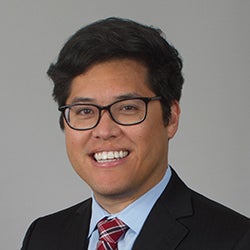
Ichida centers his research on amyotrophic lateral sclerosis (ALS), a rare, deadly neurodegenerative disorder that occurs during middle age and disrupts the ability to control muscle movement. He has developed a technology that can turn cells from ALS patients’ blood samples into nerve cells.
The invention is one of the first successful attempts to drive the development of adult cells backward to the stem cell stage and then coax them to grow into a different type of cell. From the Petri dish, he and his team can then delve into the mechanisms behind the illness — which are yet poorly understood — and test potential treatments.
“ALS has a huge unmet need,” Ichida said. “It’s hard to study by traditional methods because we don’t know what the genetic causes are for most patients. Our technology allows us to unlock insights that we couldn’t otherwise.”
An extended version of this profile of Ichida appears on the Keck School of Medicine website.
Bart Kosko
Professor of electrical and computer engineering, USC Viterbi; professor, USC Gould School of Law
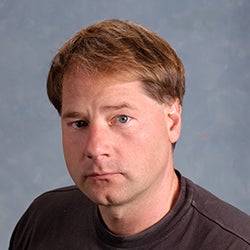
Kosko has enjoyed an eclectic career at the university. He came to USC from Kansas on a scholarship for music composition, then earned bachelor’s degrees in philosophy and mathematical economics, inspiring his neural work. The university hired him in 1987 to join the then-new Neural, Informational and Behavioral Sciences program. He has also published several textbooks, trade books (including, in 1993, Fuzzy Thinking: The New Science of Fuzzy Logic) and novels.
Last year, Kosko received the prestigious Donald O. Hebb Award from the International Neural Network Society for his careerlong contributions to the field of neural learning.
Peter Kuhn
Dean’s Professor of Biological Sciences, USC Dornsife College of Letters, Arts and Sciences; professor of medicine and urology, Keck School of Medicine; professor of biomedical engineering and of aerospace and mechanical engineering, USC Viterbi; director, Convergent Science Institute in Cancer, USC Michelson Center for Convergent Bioscience
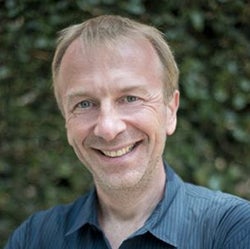
After early success in drug development for cancer, Kuhn turned his sights to leading the charge in advancing liquid biopsies, a type of blood test that detects and characterizes circulating tumor cells. Although he focuses on breast cancer, a disease his mother faced, his inventions have been applied for treating prostate cancer as well. His technology has been in use for oncology care since 2016.
A personal highlight was when others started using his invention and the thrill derived from seeing that success: A colleague published a clinical study showing that one of his inventions was effective in differentiating between which patients would benefit from one treatment over another in fighting cancer.
“That was the best day of my life, and I didn’t even know about the study before it came out,” Kuhn said with a smile. “It wasn’t just seeing this striking result. It was knowing that they could do it without me. There are a lot of hurdles, and it’s an incredible feeling when something makes it through — and makes a difference for patients.”
Extended versions of this profile of Kuhn appear on the USC Dornsife website and the Keck School of Medicine website.
Daniel A. Lidar
Professor of electrical and computer engineering, chemistry, and physics and astronomy, USC Viterbi
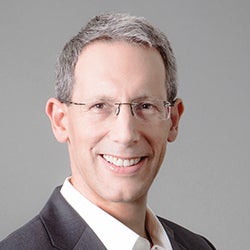
Daniel A. Lidar was recognized for his inventions in the area of quantum computing, which have led to six issued patents. These patents cover areas such as quantum teleportation, error correction, and optimization.
Lidar joined USC in 2005, and he is the holder of the Viterbi Professorship of Engineering. He has joint appointments in electrical and computer engineering as well as chemistry and physics. He’s also the director of the USC Center for Quantum Information Science and Technology and the co-director of the USC-Lockheed Martin Center for Quantum Computing.
Andrew MacKay
Gavin S. Herbert Associate Professor of Pharmaceutical Sciences, USC Alfred E. Mann School of Pharmacy and Pharmaceutical Sciences
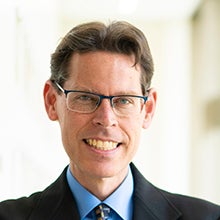
MacKay’s lab is focused on engineering protein-polymer tools that hold the potential to transform the development of precision, multifunctional drug carriers.
“Drug delivery in the eye and cancer is often limited by access to and retention at the target site,” explained MacKay, who has six issued U.S. patents, with four focusing on ocular applications of his technology. “Our strategy is to repackage drugs and functional peptides into protein-polymers that control release and reduce toxicity.”
“Our group has recently made significant breakthroughs by assembling polypeptide ‘microdomains’ on the surface of and inside living cells,” added MacKay, who holds secondary appointments in biomedical engineering and ophthalmology and serves as executive editor for the journal Advanced Drug Delivery Reviews. He also serves as a panel reviewer for the U.S. National Institutes of Health, primarily as a member of a nanomedicine-focused study section. “When decorated with functional proteins, these polypeptides are helping us to precisely modulate cellular biology and design new therapies.”
Wei-Min Shen
Associate professor of computer science practice and a research associate professor in computer science, director of the Polymorphic Robotics Laboratory, USC Viterbi; associate director of the Center for Robotics and Embedded Systems at USC
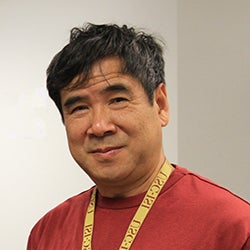
Shen’s research interests include self-reconfigurable and metamorphic systems, autonomous robots, machine learning and artificial intelligence. He is the author of Autonomous Learning from Environment, a book that explores how machines learn from their environment based on “surprises.”
He has served as chair and committee member for international conferences and workshops in robotics, machine learning and data mining, and as editorial board members for scientific books and research journals. His research activities have been reported by leading scientific journals such as Science and Nature, and in media outlets including CNN, PBS and Discovery.
Travis Williams
Professor of chemistry, USC Dornsife
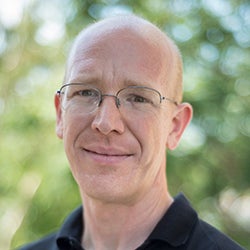
Williams, who holds 10 patents and numerous awards recognizing the inventive value of his work, said being named an NAI senior member is a result of USC’s visionary support of innovators like himself.
“NAI recognition falls out of the university’s deliberate decisions to invest in patenting bizarre things from my lab, tenuring someone who quit working on what he was hired to do, and stoking innovation through the Wrigley Prize and the [National Science Foundation’s] I-Corps hub,” he said. “While I’ve been an enthusiastic product of my environment, USC Dornsife and the university engineered this through a generations-old commitment to innovation and public impact.”
Williams’ research has borne considerable fruit, including Closed Composites, which aims to recycle carbon fiber materials from old aircraft parts, and Catapower Inc., converting used oil from deep fryers into biodiesel and environmentally sound antimicrobial agents. Williams has even co-developed a method to turn plastic waste from the Great Pacific Garbage Patch into compounds to make pharmaceuticals and other useful products.
An extended version of this profile of Williams appears on the USC Dornsife website.
About the National Academy of Inventors
The NAI was founded to recognize and encourage inventors with U.S. patents, enhance the visibility of academic technology and innovation, encourage the disclosure of intellectual property, educate and mentor innovative students, and create wider public understanding of how its members’ inventions benefit society. The academy now comprises 4,600 individual members at more than 300 universities, governmental agencies and nonprofit research institutes worldwide.
USC’s Caitlin Dawson, Landon Hall, Greta Harrison, John Hobbs, Darrin Joy, Laura LeBlanc, Michele Keller, Paul McQuiston and David Medzerian contributed to this report.

